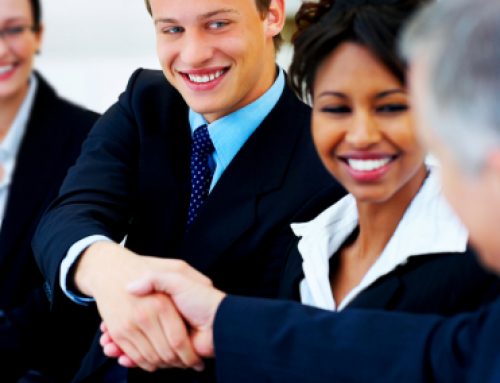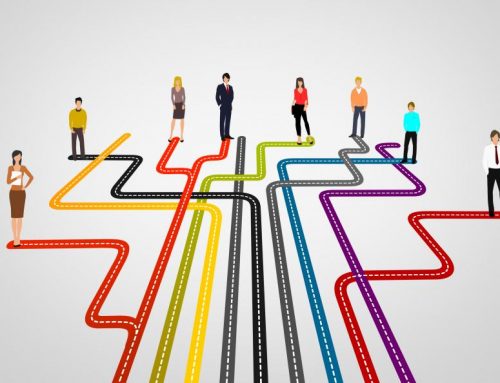In the pursuit for women’s equality, we have witnessed changes in the workplace – not enough yet, but still there. We have seen the impact in the media: Where there were once mostly heroes, we now see our share of heroines. We see changes in our homes, where now not only are moms going to work, but more dads are staying home while they do.
And a quiet, yet powerful, depiction of this migration is also taking place in the arts.
Prune Nourry, a French artist whose work often focuses on gender roles, has taken on a seemingly impossible task: She has re-cast more than a hundred life-size terracotta clay soldier men as women.
Discovered in the 1970s by Chinese farmers, the terracotta warriors date back more than 2,000 years and include thousands of full-size clay infantrymen, cavalry, archers, charioteers and generals. Only 8,000 have been excavated so far, and it’s estimated this includes only a quarter of the entire find. Each soldier has a unique identity and army rank. And each one is a man.1
Until now.
Ms. Nourry wanted to raise questions about the harmful consequences of the desire for male offspring, problems faced by several Asian countries including China and India.‘‘The terra-cotta warriors made sense,’’ she said. ‘‘The fact that it’s thousands and thousands of men, it’s such a strong symbol when you’re talking about birth preference.’’
Ms. Nourry’s project, “Terracotta Daughters,” includes 116 sculptures with faces modeled after eight girls from a central China charity to aid orphans and children left behind by migrant worker parents. Replicas of the daughters are being recreated by local craftsmen for tourists. It’s estimated that the sale of the first eight statues will pay for three years of education for the girls through Children of Madaifu.2
We’ve come a long way since Howard Miller’s Rosie the Riveter posters, with their “We Can Do It!” slogans that inspired more than 6 million women to enter workplaces during the World War II. Rosie the Riveter was also later used during women’s rights movements in the 60s and 70s.3
As the author, Simone de Beauvoir, once asserted, “One is not born a woman; one becomes one.”4 Since our role models help shape all that we may eventually “become,” let’s not forget the examples we can find and celebrate in the arts.
1 Smithsonian. Terracotta Soldiers on the Move. Smithsonian Website. http://www.smithsonianmag.com/history-archaeology/On-the-March-Terra-Cotta-Soldiers.html. Accessed December 6, 2013.
2 Prune Nourry. Terra Cotta Daughters. Prune Nourry Website. http://www.prunenourry.com/en/projects/terracotta-daughters. Accessed December 6, 2013.
3 American Natiional Biography Online. Rosie the Riveter. ANB Website. http://www.anb.org/articles/20/20-01920.html. Accessed December 10, 2013.
4 Simone de Beauvoir Biography. The European Graduate School Website. http://www.egs.edu/library/simone-de-beauvoir/biography/. Accessed December 6, 2013.






